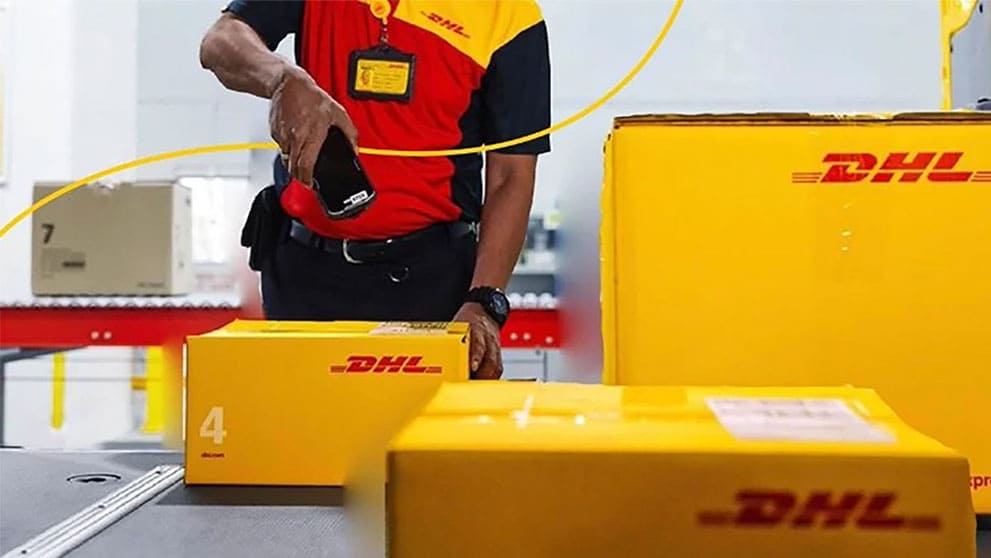The Impact of Poor Inventory Management
Picture this: a customer walks into your store or visits your website, eager to purchase a specific product, but unfortunately, your inventory system shows "out of stock." This stockout not only results in a potential lost sale but it also puts a dent in customer trust and very likely pushes them towards competitors with better stock management.
On the flip side, overstocking your inventory can be equally detrimental. Excess stock ties up valuable capital, increases storage costs, and exposes you to the risk of irrelevant stock or product damage. Additionally, managing a large inventory could often lead to inefficient selection and packing processes, ultimately impacting order fulfilment schedules.
Optimizing Inventory Levels and Forecasting Demand
The key to avoiding the pitfalls of poor inventory management lies in optimizing inventory levels and accurately forecasting demand. This process usually involves the following steps:
ABC Analysis: This refers to a technique of categorizing inventory into three major classes: "A," "B," and “C.”. High-value items are represented with "A," and for these items, stricter control measures are required. Medium-value items (such as moderately priced electronics and space parts, for example) are represented using "B,” and they typically constitute about 30% of the inventory items. These items usually require a good blend of control and efficiency. The “C” items are the low-value items, and for these, only minimal monitoring is required.
Economic Order Quantity (EOQ): The Economic Order quantity, or Economic Buying Quantity refers to the order quantity that minimizes the total ordering costs when managing your inventory. The formula is important in helping to determine the optimal order quantity of products to minimize storage costs and avoid stockouts. It helps you balance minimizing storage costs and avoiding stockouts. This is also a good way to save time and resources by reducing the frequency of ordering and receiving processes. You should also consider inventory management software like NetSuite and QuickEasy for automating this process.
Demand Forecasting: Demand forecasting is quite simply predicting the quantity of goods required by your customers in the near future. For this, you should look at past sales and gather information from your sales history to determine how much stock you’ll need to have on hand to meet customer needs without incurring unnecessary costs. It also helps to stay updated and abreast of events, competitor offerings, and whatever trending information might come in handy to help you predict changes in demand and prepare accordingly. These simple steps will ensure that you have the right amount of stock on hand to meet customer needs without incurring unnecessary costs.



















































